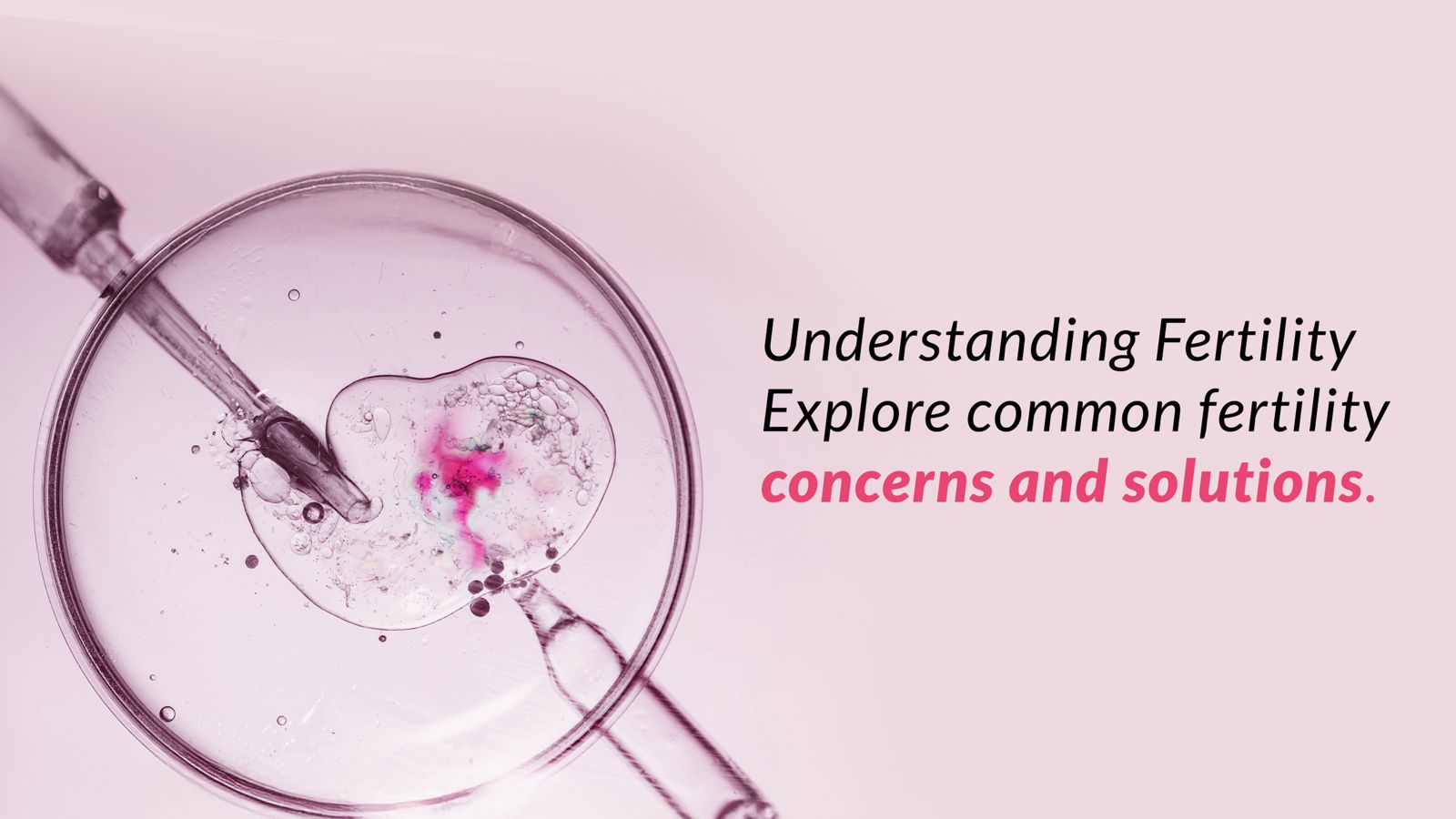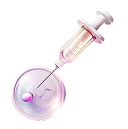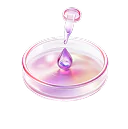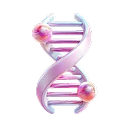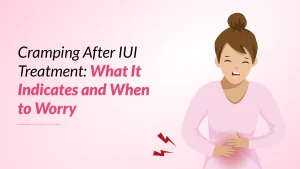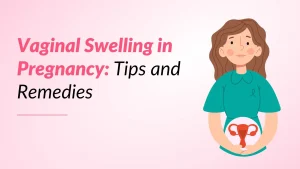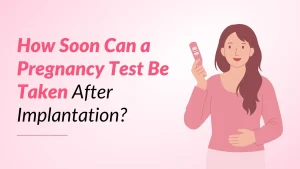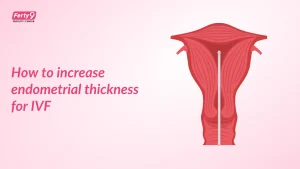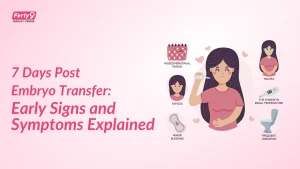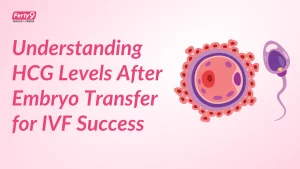Every infertile couple looks forward to the embryo transfer procedure and considers it to be an exciting as well as a stressful moment in their fertility treatment. After a prolonged period of medications as well as monitoring, the egg retrieval procedure is indeed a major step in IVF treatment. One is keen to see how the embryo develops. Pregnancy via implantation is something to look forward to.
Related Read: Ferty9’s promise of affordability
What is embryo implantation?
Implantation does occur when an embryo tends to get attached to the wall of the uterus in one’s endometrial lining. In the case of IVF, it occurs six to ten days after the egg retrieval process, which is about one to five days after the respective embryo transfer takes place. This is equal to days numbering 20 to 24 of an ideal 28-day menstrual cycle.
What steps are required to prepare before and after IVF for it to be a success?
Before Embryo Transfer
Look into blastocyst transfer
Embryos may be transferred after three to seven days of culturing in one’s lab. Blastocysts are indeed the embryos on the older side of that range and after at least five days of required development. New developments in fertility lab technology have made it quite easy to bring embryos to the blastocyst stage before the transfer procedure.
Transferring blastocysts rather than early-stage embryos allows more time to monitor the quality of the embryo. This does allow the specialist to be able to choose the most viable embryos for transfer and thus improving the chances of implantation success. Blastocyst transfer also closely imitates the process of a “natural” pregnancy.
Considering embryo screening
The genetic testing of embryos is done before transferring and is the best way to ensure that the most viable embryos, or rather blastocysts, are chosen, which can improve one’s chances of implantation. Pre-implantation genetic screening (PGS) is a technique that is meant to check that embryos have the right number of chromosomes. This permits the embryologist to screen for a wider range of genetic mutations, which are referred to as aneuploidy (missing or even extra chromosomes) that could cause implantation failure.
Investigate the EmbryoScope
In case one is not opting for genetic testing but still aspires for healthy growth of the embryo as they happen to be cultured in the lab, one can have a look at new time-lapse photography technology. One can have access to a special incubator known as the EmbryoScope that takes photos of the embryos every five minutes and places them together into time-lapse films. This implies that the embryologist can observe how the cells tend to divide as well as develop.
Ask about assisted hatching
The early-stage embryos are of course enclosed by a very thin membrane referred to as the zona pellicuda. Before an embryo can be implanted, it must “hatch” from this respective covering. Assisted hatching appears to make it easier for an IVF embryo to implant. The procedure usually takes place in the confines of a lab under a high-powered microscope. The embryologist creates a tiny hole in the zona pellicular, which may in due course improve the implantation rate of the respective embryo.
Discuss with the doctor about estrogen and progesterone supplementation
Carefully managed hormone supplementation both before and after transfer can indeed help one to prepare as well as get the required support for the endometrial lining so that the embryo is in an ideal environment for implantation and early development.
Suggested Read: What to eat after embryo transfer IVF?
After Embryo Transfer
Take it easy
Bed rest may not be all that essential, but one must find ways to relax during the “two-week wait” when transfer as well as an official pregnancy test is taken care of. One must get plenty of sleep and listen to one’s body. Take a quiet walk and be in a soothing atmosphere.
Abstain from vigorous exercise cum sexual intercourse
One must avoid high-impact exercises. The ovaries are yet to be enlarged and are tender and need to be protected. Strenuous exercise can stimulate uterine contractions.
Eat as if one is already pregnant
Have a balanced diet that aids implantation. The same diet needs to be taken throughout one’s treatment and pregnancy. The diet must consist of lots of protein, fiber, and vegetables. One must avoid foods such as high-mercury fish as well as soft cheeses. Consult your doctor for vitamins or supplements. Avoid harmful substances like alcohol, nicotine, and caffeine.
Suggested Read: Preparing for embryo transfer Do’s and Don’ts
Avoid extremes of temperature
One must avoid hot tubs, saunas, hot yoga, or any activity that raises one’s internal temperature. Do not be in water such as pools or baths during this time, as one is prone to infection. Go in for a soothing hot shower until one’s doctor tells you otherwise.
Lean on your support system
One must lean on support groups, one’s partner, friends, family, therapist, fertility clinic, as well as on an online community. One can suffer from anxiety, which is indeed a terrible feeling to live through, and isolation does make it even worse. One must not shoulder one’s stress alone. Take others’ help while undergoing IVF treatment.
Assisted Hatching of embryos
Embryo Cryopreservation Fertility Treatment in Hyderabad







